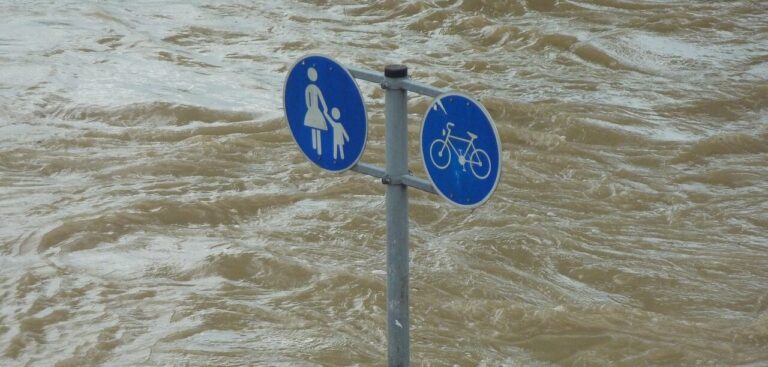A report initiated by the United Nations Office for Disaster Risk Reduction (UNDRR) has found that more people are being affected by larger, ever more complex and more expensive disasters because decision makers are failing to put people first and prevent risks from becoming disasters.
Mandated by the UN General Assembly, the report looks at how countries are implementing the Sendai Framework for Disaster Risk Reduction, which is an international agreement with seven targets that was adopted in 2015 by 187 countries to reduce disaster losses by the year 2030.
Eight years into its implementation, many of the past disaster lessons seem to have been ignored as the report found that “progress has stalled and, in some cases, reversed”.
Among the troubling reversals is that there has been an 80% increase in the number of people affected by disasters since 2015. Moreover, the costs of disasters remain high, with an average above US$330bn per year between 2015 and 2021, which is estimated to be significantly undervalued. At the same time, there has been no commensurate increase in funding for disaster risk reduction.
Mami Mizutori, special representative of the UN Secretary-General for Disaster Risk Reduction and head of UNDRR, said, “One doesn’t have to look hard to find examples of how disasters are becoming worse. The sad fact is that many of these disasters are preventable because they are caused by human decisions. The call to action of the Midterm Review is that countries need to reduce risk in every decision, action and investment they make.”
Many of these disasters are climate-related, and in light of the latest warnings from the Intergovernmental Panel on Climate Change, countries are likely to face even worse disasters if global temperatures continue to rise. The impacts of which are brutally unequal, with developing countries hit the hardest.
Flooding in Pakistan last year affected more than 33 million people and damaged 4.4 million acres of agricultural land, severely affecting food security and increasing pressure on global agricultural markets.
But the report does point to areas of progress, including on data quality and analysis, and how countries are organizing themselves to adopt a prevention-oriented approach through national disaster risk reduction strategies. These have a key objective of ensuring strong and inclusive governance systems to manage disaster risk and their potential to cause a cascade of dangerous effects. To date, 125 countries have reported developing such strategies.
Disaster preparedness has also advanced and is now more effective in saving lives. This is reflected through a decline in disaster-related mortality (barring Covid-19 impact) from 1.77 per 100,000 global population in the decade 2005-2014 to 0.84 in the decade 2012-2021.
The report’s recommendations will now be discussed on May 18-19, 2023, at a meeting of the UN General Assembly in New York.
To read the Report on the Findings and Recommendations of the Midterm Review of the Sendai Framework, click here.



